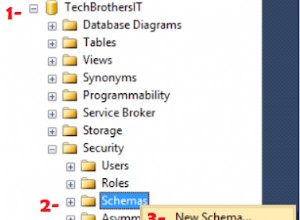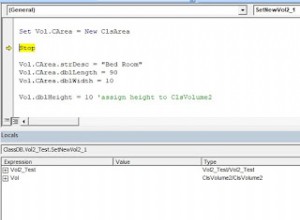Si tiene alguna forma de garantizar la secuencia de eventos (y estoy simulando aquí usando un campo de incremento automático), entonces podría descubrir el primer número de secuencia y el siguiente y probarlos
DROP table if exists t;
create table t
(sno int auto_increment primary key, id varchar(2),channel varchar(20));
insert into t (id,channel) values
('m2' , 'AA-AA'),
( '1' , 'TT_1' ) ,
( '2' , 'TT_2' ) ,
( '11' , 'TT_3' ),
( '12' , 'TT_4' ),
( 'm4' , 'BB-BB'),
( 'm3' , 'CC-CC'),
( 'm5' , 'DD-DD'),
( '17' , 'FF-FF'),
( 'm1' , 'EE-EE');
select id
from t
where sno > (select sno from t where id = 'm2') and sno <
(select sno from t t1 where left(id,1) = 'm' and sno > (select sno from t where id = 'm2') limit 1);
+------+
| id |
+------+
| 1 |
| 2 |
| 11 |
| 12 |
+------+
4 rows in set (0.00 sec)




